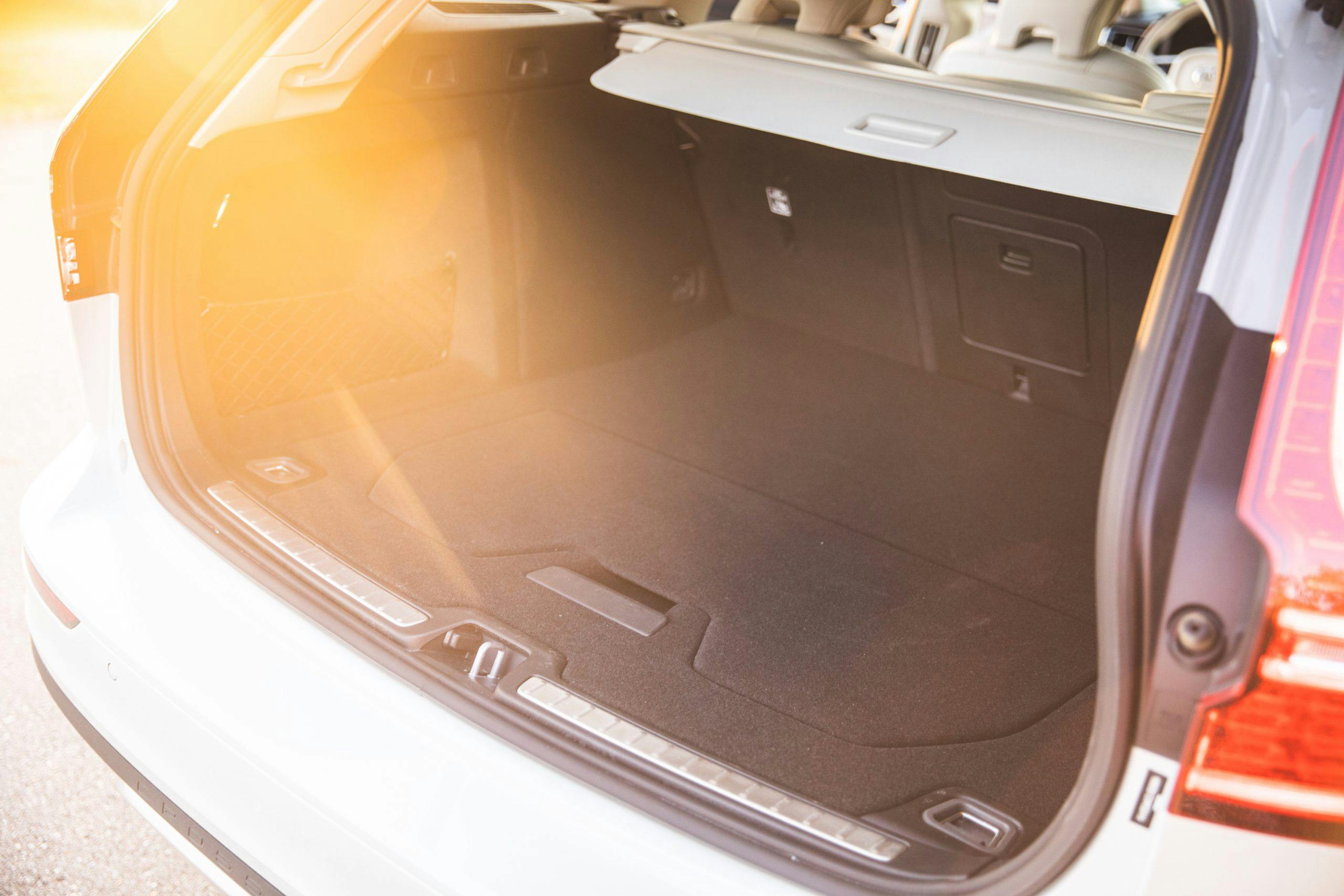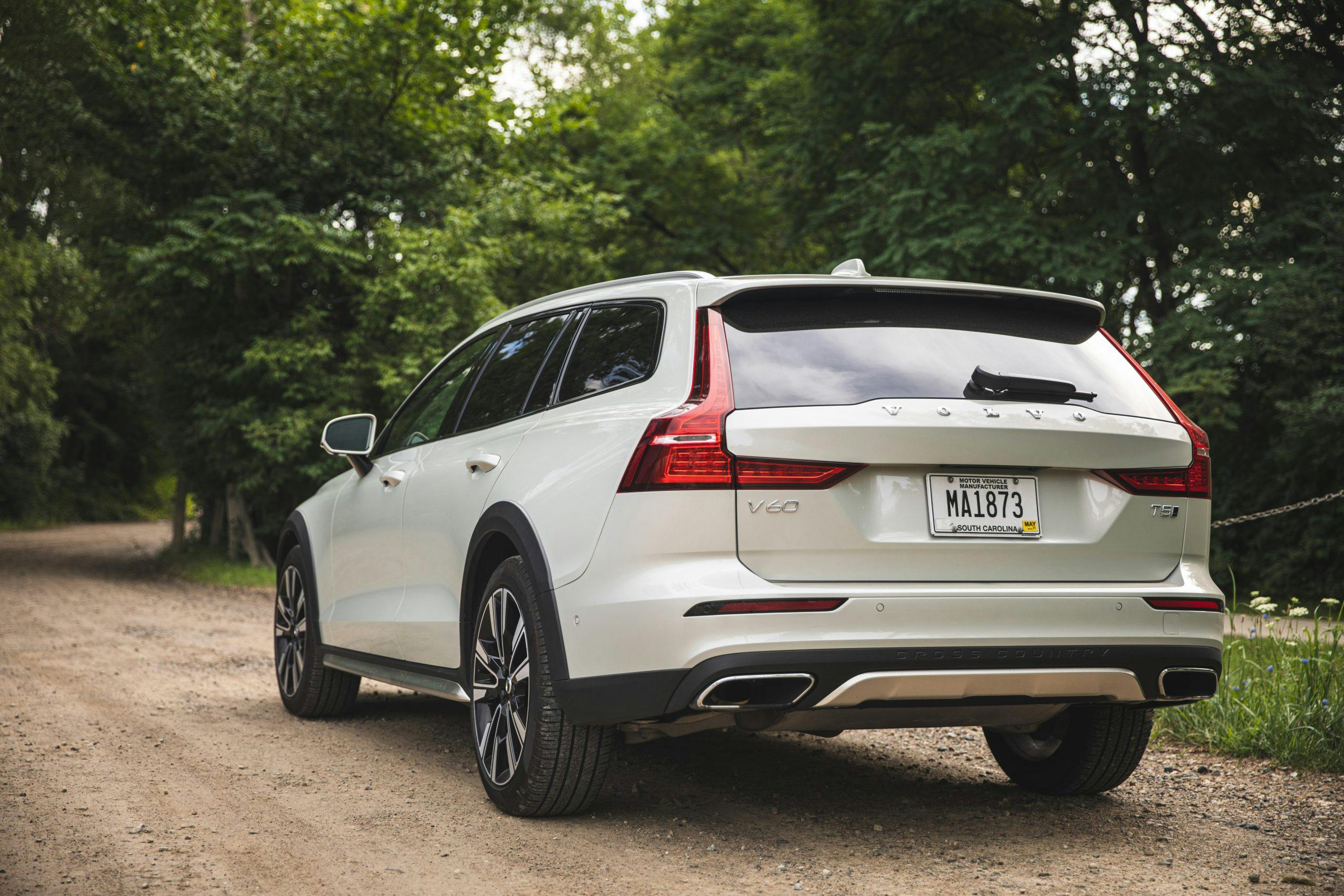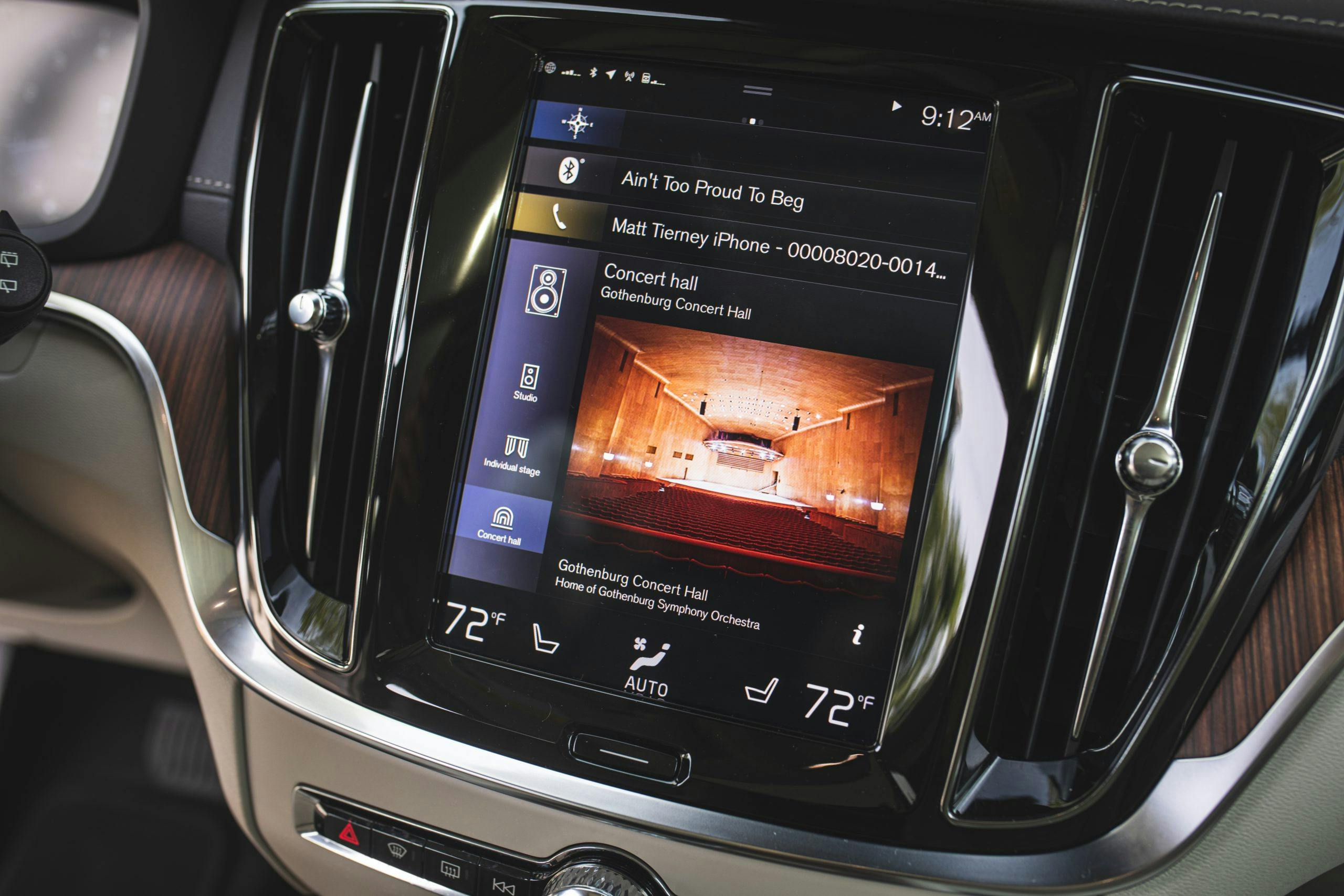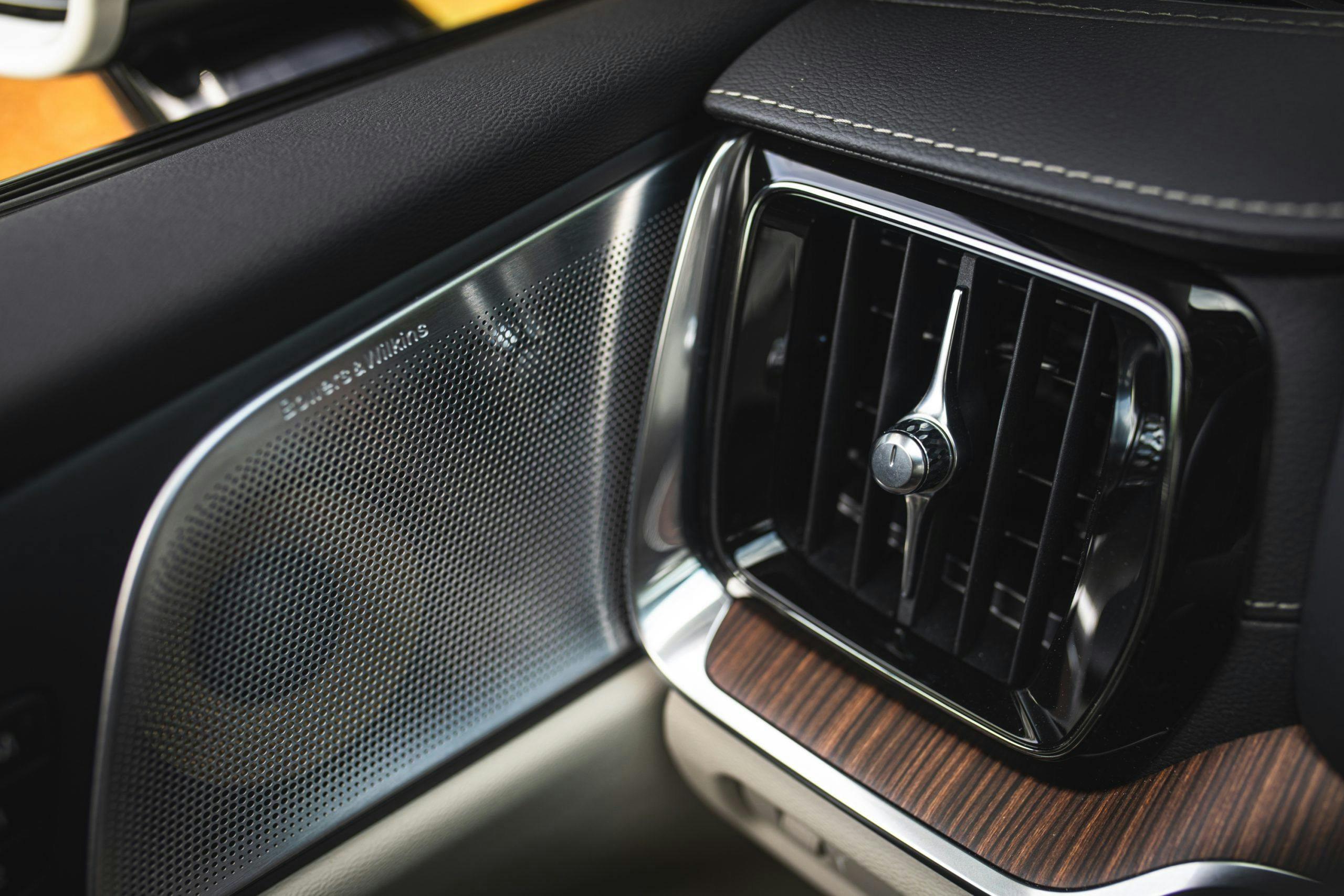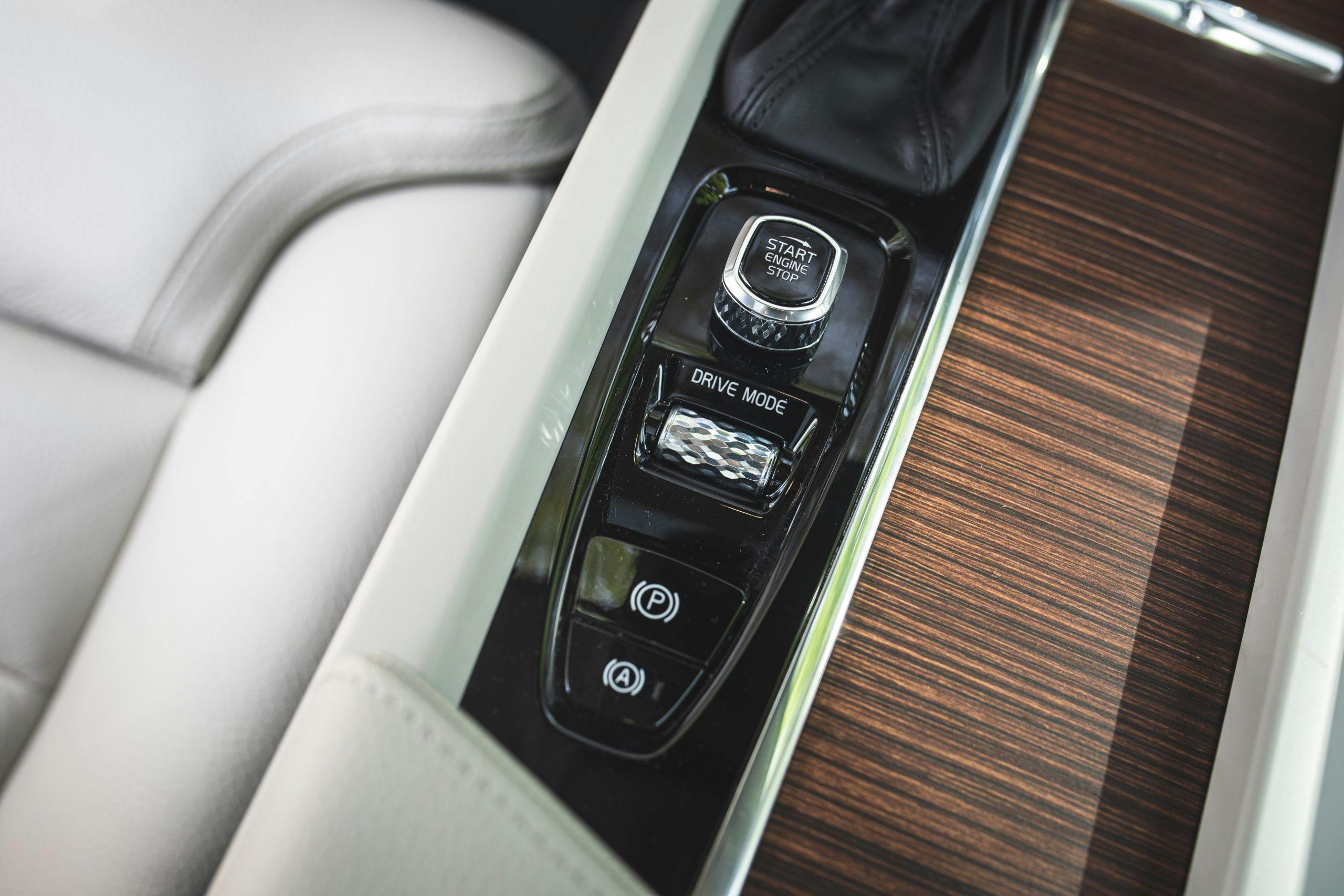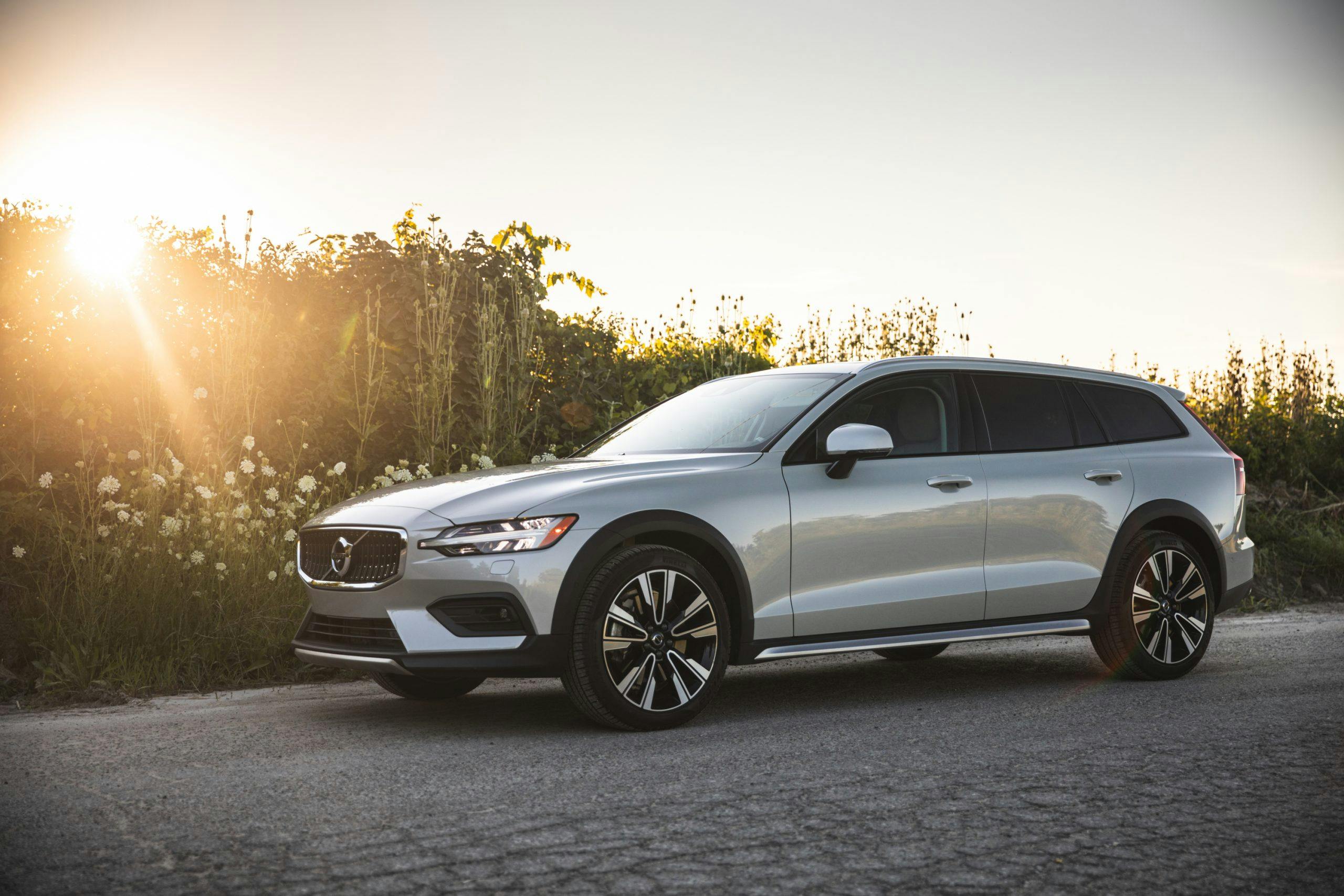Media | Articles
Review: 2020 Volvo V60 Cross Country
“Did you bring the Volvo?”
Somehow, I knew my friend’s question wasn’t referring to my sun-faded 1986 wagon, whose over-enthusiastic heater ran at full blast even during the height of summer. No, the Swede in question was a polished $57,000 five-door which I had driven to visit him and his wife the previous week. The V60 Cross Country’s creamy, leather-trimmed cabin and touchscreen rear temperature controls had apparently made an impression during his brief ride in the back seat. It was the first thing he said to me when we met up again.
“That was the nicest car I’ve ever sat in.”
Definitely not the 245, then.
Nearly 35 years separate the 240-series “brick” from the glamorous V60 Cross Country. The wagons’ disparate personalities aren’t simply a result of Volvo’s linear technological process. Bought by Ford in 1999 and sold to Geely in 2010, Volvo has in recent years reinvented its identity from that of a sensible, safety-first family car manufacturer. These days, the Swedish company builds full-on luxury cars. The V60 takes direct aim at Audi’s A4 Avant, but since this segment is dominated more by dedicated crossovers than lifted wagons, Volvo also wants to lure BMW X3, Mercedes-Benz GLC, and Audi Q5 shoppers. Volvos of the ’80s may have charmed accountants and professors, but the V60 appears far more at home in the driveway of a hip urban architect. The Cross Country variant adds three inches of ground clearance and some plastic body cladding to suggest said architect also likes to go skiing.
Marketplace
Buy and sell classics with confidence
The V60 model, first launched in Europe for the 2011 model year, bridges the gap between the Ford and Geely eras. The first generation rode on Volvo’s P3 architecture, which was a variant of a global Ford platform. After Volvo made the switch to Chinese ownership, the second-generation V60 arrived in early 2018 on Volvo’s in-house Scalable Product Architecture (SPA). Its bigger brother, the V90 Cross Country, is 10 inches taller, 6 inches longer, and has an additional 2.9 cubic feet of cargo space with the rear seats folded.
Though Volvo offered the standard V60 wagon in America as a 2019 model, the V60 Cross Country arrived in showrooms for 2020. The Cross Country starts at $47,735 (destination included) equipped with the T5 powertrain and all-wheel drive, the sole offering in the U.S. Under the hood is a 2.0-liter, four-cylinder turbocharged engine making 250 hp and paired with an eight-speed automatic.
Our 2020 test model packed roughly $9000 in options (for 2021, Volvo has restructured many of these packages, and their prices and names will differ slightly.) The Advanced Package ($2500) adds a full LED headlight treatment, a 360-degree camera view, a heads-up display, adaptive cruise control, and “pilot assist” (essentially cruise control plus lane-centering). The Cross Country Pro package ($2800) brings upgrades to exterior aesthetics and interior comfort, including 19-inch wheels, four-way adjustable lumbar support for the front seats, four-zone climate control, and a nifty grocery bag holder in the cargo area. The Birch Light Metallic paint tacks on $645 and heated rear seats cost $750, but the most expensive option on the window sticker is the truly impressive $4000 Bowers and Wilkins Premium sound system (more on that later). The only major option pack missing from this V60 Cross Country? The $2200 Luxury package, which adds ventilated and massaging seats and perforated Nappa leather.
The V60 Cross Country’s cabin is a lovely place to be. The interior’s lines strike a soothing balance between horizontal and vertical lines, as well as hard and soft materials; the upright touchscreen and vents are balanced by three contrasting longitudinal layers of material highlighted by a tasteful strip of brushed aluminum. You won’t find Mercedes-Benz disco-tech ambient lighting here; the color palette is calm and natural. Volvo also chose a more traditional gearshift design, a leather-jacketed shifter that’s far less pretentious than Audi’s airplane-worthy lever and more familiar than some fancily-etched aluminum rotary affair. The 12.3-inch touchscreen absorbs most of the analog controls, leaving nothing but engine stop/start, hazard lights, defrost, and basic audio controls arranged in a tidy row beneath the center display.
The buttons and dials on the steering wheel are entirely intuitive; the only controller that proved irritating was the stop/start button, mounted just behind the shifter, which you rotate right to start the engine and have to then rotate the same direction to turn it off. Wouldn’t opposite directions make more sense? The wood-trimmed panels covering the center console match the dash trim and retract to reveal cupholders (no, they won’t fit a Hydroflask) and a space for chucking your key, rather than storing your phone. Instead of a wireless charging pad, Volvo offers dual USB ports in the front console and you have the option of leather-trimmed Lightning and micro USB charging cords. For a luxury wagon, the absence of wireless charging is strange; for a supposedly outdoorsy luxury wagon, the slim cupholders are annoying.
However, most will forgive the V60 these idiosyncrasies—they’ll be too busy enjoying the elegant interior space. The rear seats fold flat, too, allowing the rear hatch to swallow 60.5 cubic feet of anything: in our case, a herd of cardboard boxes from a COVID-era closet purge and a mostly-deflated 10-foot-six stand-up paddleboard. A couple of rolled 5 x 9 rugs fit with feet to spare.
Like a good waiter, the V60’s turbo-four engine and eight-speed gearbox go about their business almost invisibly. The 4025-pound wagon responds readily when faced with a short on-ramp—spurting from 50–70 mph won’t pin any passengers in their wonderfully comfortable seats, but the engine can still muster some urgency. However, expect to sacrifice ride comfort if you choose the edgy 19-inch wheels over the standard 18-inchers. (In our 2020 model, the bigger wheels came bundled in the $2800 Cross Country Pro package.) The steering ratio is logical but feel is light in the default driving mode; those who want a bit more heft may select the Dynamic driving setting or individually configure the steering for greater resistance.
Winding along twisty two-lanes is pleasant, and despite the Cross Country’s three-inch lift, body roll is minimal. Some credit for its back-roads composure is due to the 1.2-inch increase in wheel track, which helps compensate for the additional ride height. However, the same car-like proportions that make the V60 easy to maneuver and park may turn away buyers who crave an even taller vehicle and don’t mind a bit of roll from a bulkier SUV.
The adaptive cruise control is easy to operate via the steering wheel controls, and current status is visible in the V60’s digital instrument panel. Lane-keeping features come standard and are on by default, but with the Advanced package’s “Pilot Assist” setting, you get all the benefits of cruise control plus lane-centering. You’ll be tempted to leave your hands on your lap, especially on long straightaways, but the system will detect your laziness and use both visual and audible alerts to remind you to place at least one hand back on the wheel. Toggle your blinker to change lanes and the lane-keeping alerts refrain from buzzing at you until you’re back between the dashed white lines. The most practical safety-minded feature, however, is the speed limit icon projected in the heads-up display, a feature that’s particularly useful when venturing beyond familiar routes.
The 2020 V60 Cross Country packs Volvo’s Sensus infotainment system, which combines infrared and resistive technology to handle pokes, taps, and swipes whether or not you’re wearing gloves. The arrangement of the home page forgoes a cloud of apps for four stacked information slots (customizable, of course). If you’re driving familiar roads and simply want to control cabin temperature and jam to some tunes, the screen is completely unobtrusive. Lowering cabin temperature takes two taps—even if you’re an unspecified weirdo who does not believe in “AUTO” mode—and there are redundant analog controls for the audio on the steering wheel and the dash. The screen is slow to wake up, however, which may cause frustration for those who don’t already spend those 10-or-so seconds stowing water bottles and bags and applying Chapstick.
More infuriating is the voice recognition system, which prefers street addresses and town names to commands like “Take me to Target,” which Siri or Google Assistant would easily comprehend. Once you and the car do finally agree where you’re going, the visuals are efficient and slick. You can, however, avoid the frustration entirely with Apple CarPlay or Android Auto.
If you’ve shelled out the $4000 for the 1100W, 15-speaker Bowers & Wilkins setup, the musical experience is the highlight of the infotainment system. Connect your phone or log into your Spotify account via the built-in app, and you’ll have the option to choose between Studio, Individual Stage, and Concert Hall settings. The second setting cocoons you in sound; for solo drives, it’s delightful. The third reproduces the acoustics from Gothenburg’s Concert Hall and, though most will probably not recognize the precise venue, the experience is eerily like sitting in the front row, mere feet behind a real conductor. Most noticeable are the sharpened trebles; unless you’re listening to orchestral or instrumental music, you may not resonate with this configuration. Concert mode aside, whether you’re devoted to Spotify’s Top 100, NPR Tiny Desk Concerts, or Tchaikovsky, this immersive audio experience is a real treat. (The next rung down is the 600W, 14-speaker $800 Harman/Kardon system.)
The 2020 V60 Cross Country successfully straddles luxury and practicality, and its exceptional style makes a statement few other competitors can equal. At first glance, this Volvo is worlds apart from its staid 240-series ancestor. Those boxy beasts prioritized practicality and safety above all else, and their look became emblematic of those oh-so-Volvo virtues. Despite America’s fixation on SUVs, the Swedish firm hasn’t forsaken the long-roof, even in 2020. Today’s Volvo wagons may have gorgeous paint and warm-tone wood trim in addition to heated seats and leather—yes, even the DL trims of the ’80s had those—but they’re still wagons, and they’re still Volvos.
Highs: SUV-like ride height, generous cargo capacity, and convincingly elegant style.
Lows: Frustrating voice recognition, harsh ride. The prettiest interior choice—the bone-colored leather—will be easily marred.
Summary: The V60 Cross Country reprises a traditional formula for a more high-end customer. The statement has changed, but Volvo still dares to be different.



